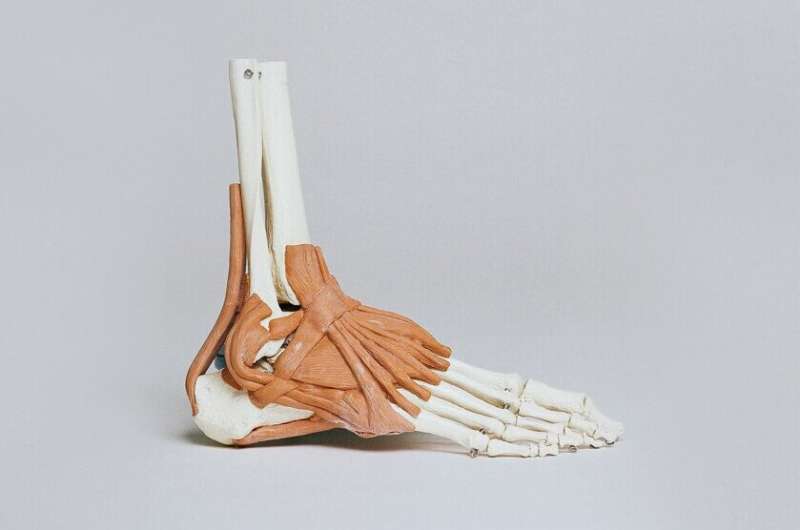Innovative Far-Red Dopamine Sensor Enables Real-Time Brain Imaging

A team from Peking University has developed a pioneering far-red fluorescent dopamine sensor that enables real-time, multiplex imaging of neurochemicals in the living brain, advancing neuroscience research.
A research team led by Professor Li Yulong from Peking University's School of Life Sciences has developed a groundbreaking far-red fluorescent dopamine (DA) sensor that allows for real-time, multiplex imaging of neurotransmitters in living brains. This novel probe, named HaloDA1.0, combines advanced chemogenetic techniques with the G protein–coupled receptor activation–based (GRAB) strategy to achieve high sensitivity, rapid response times, and operation within a far-red to near-infrared spectral range, providing excellent tissue penetration. The sensor exhibits remarkable fluorescence responses, reaching up to 900%, with sub-second kinetics and high specificity for dopamine, without activating downstream signaling pathways. Its compatibility with existing green and red fluorescent sensors allows scientists to perform three-color imaging, enabling simultaneous monitoring of multiple neurochemicals such as norepinephrine, serotonin, acetylcholine, ATP, calcium, and cAMP.
Published in the journal Science, the study titled "In vivo multiplex imaging of dynamic neurochemical networks with designed far-red dopamine sensors" highlights the sensor's potential to revolutionize neurochemical research. The team demonstrated its effectiveness in various models, including cultured neurons, brain slices, zebrafish, and live mice, revealing complex neurotransmitter interactions during behaviors like reward processing, seizures, and drug effects.
The development of HaloDA1.0 addresses longstanding challenges in neurochemical imaging, providing a powerful platform to explore how multiple signaling molecules interact in real time within the live brain. This technology opens new avenues in understanding the molecular mechanisms underlying cognition, emotion, and neurological disorders, offering promising tools for both basic research and therapeutic innovation.
Source: https://medicalxpress.com/news/2025-06-lab-red-dopamine-sensor-real.html
Stay Updated with Mia's Feed
Get the latest health & wellness insights delivered straight to your inbox.
Related Articles
Innovative Lateral Approach in Total Ankle Replacement Demonstrates Long-Term Success
A groundbreaking lateral approach in total ankle replacement shows excellent long-term outcomes and implant durability, offering new hope for patients with end-stage ankle arthritis.
Community Mentoring Programs in Sierra Leone Significantly Improve Survival for Pregnant Adolescents and Their Babies
A community-based mentoring program in Sierra Leone has nearly halved maternal and perinatal deaths among pregnant adolescents, empowering girls through support, education, and healthcare access.



